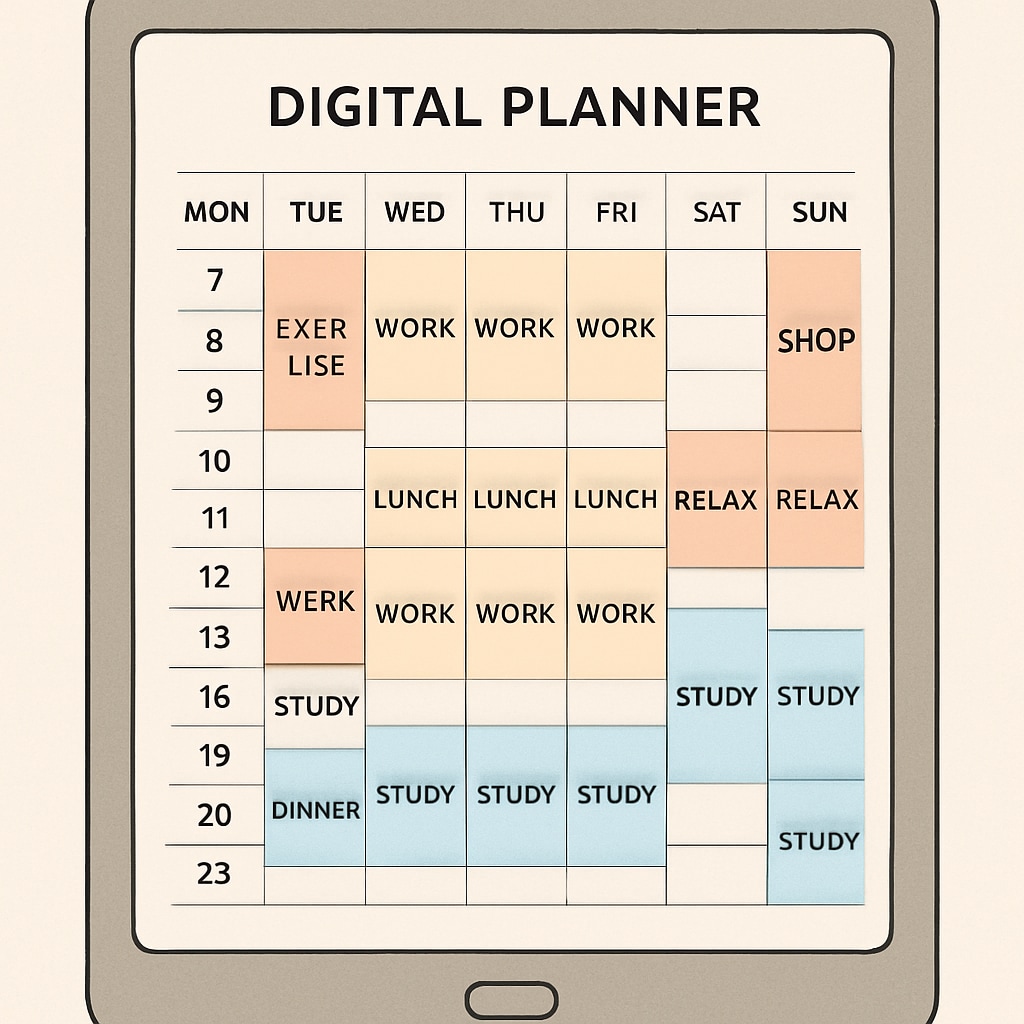Pursuing a master’s degree while managing the demands of a full-time career, especially for K12 educators, can feel like walking a tightrope. Juggling career growth, academic responsibilities, and personal life often leads to challenges in time management. For professionals in their 30s, this conundrum sparks a critical question: How can one effectively balance both aspirations? This article provides actionable strategies to navigate this dual journey while maintaining productivity and well-being.
Understanding the Challenges of Pursuing a Master’s Degree While Working
The decision to pursue a master’s degree often stems from a desire to enhance career prospects, deepen subject expertise, or meet professional certification requirements. However, the path is rarely straightforward, particularly for K12 educators who often face:
- Time constraints: A full teaching schedule, grading assignments, and extracurricular responsibilities leave limited time for studies.
- Financial pressure: Balancing tuition fees with household expenses can add stress.
- Mental fatigue: Switching between professional duties and academic commitments can lead to burnout.
Recognizing these challenges is the first step toward creating sustainable solutions.

Effective Time Management Strategies for Educators
Time management is arguably the most critical skill for working professionals pursuing higher education. Here are some proven strategies:
- Set realistic goals: Break larger academic tasks into smaller, manageable milestones and prioritize them accordingly.
- Create a structured schedule: Allocate specific hours each week for study, teaching, and personal time. Digital tools like Google Calendar can help maintain consistency.
- Leverage technology: Use apps for note-taking, research, and time tracking, such as Evernote or Trello, to stay organized.
- Seek support: Communicate with family, colleagues, and academic advisors about your commitments, and don’t hesitate to ask for help when needed.

Balancing Career Growth and Academic Progress
For educators, a master’s degree is often linked to professional advancement, such as leadership roles or specialized teaching positions. However, maintaining momentum in your career while studying requires careful planning:
- Integrate learning into teaching: Apply new concepts from your coursework directly to your classroom to reinforce your knowledge and enhance student engagement.
- Network strategically: Connect with peers, professors, and industry professionals to gain insights and open doors for future opportunities.
- Focus on transferable skills: Skills like research, critical thinking, and time management gained during your studies can significantly benefit your career.
By aligning your academic goals with your professional objectives, you can create a synergy that benefits both areas.
Maintaining Mental and Physical Well-being
Balancing work and study can be demanding, but neglecting your health can undermine your efforts. Consider these tips to stay balanced:
- Practice self-care: Prioritize activities like exercise, meditation, or hobbies to recharge your mind and body.
- Set boundaries: Avoid overcommitting by learning to say no to additional tasks that could overwhelm you.
- Seek professional support: If stress becomes unmanageable, consult a counselor or therapist.
Remember, achieving your academic and career goals is a marathon, not a sprint. Taking care of yourself is essential to reaching the finish line.
Conclusion: Charting Your Master’s Journey
For K12 educators, pursuing a master’s degree is a rewarding yet challenging endeavor. By mastering time management, aligning academic goals with career growth, and maintaining well-being, it is possible to strike a balance. With determination and the right strategies, the dual pursuit of education and professional development can lead to both personal fulfillment and career success.
For more information on the benefits of higher education and its impact on career opportunities, visit Britannica’s guide to higher education or Wikipedia’s entry on higher education.
Readability guidance: Use short paragraphs and lists to summarize key points. Ensure a balance of active voice and transitions for smooth reading. Distribute keywords naturally across the article.


